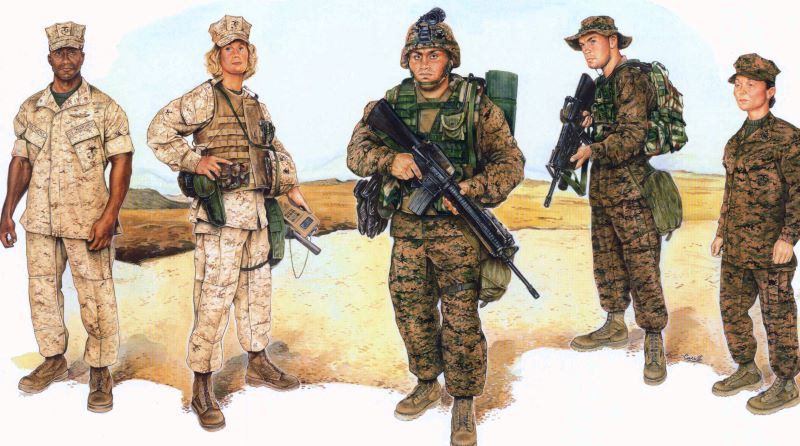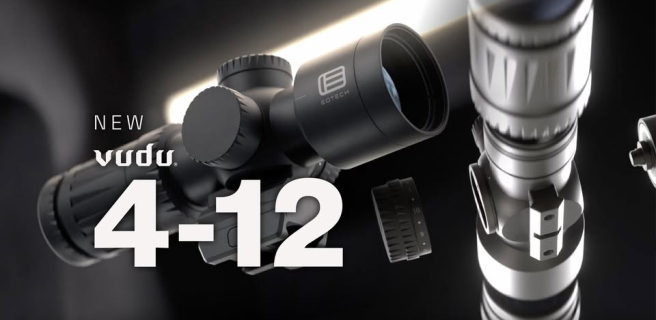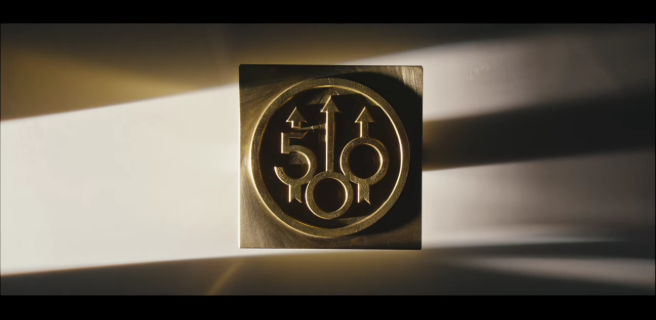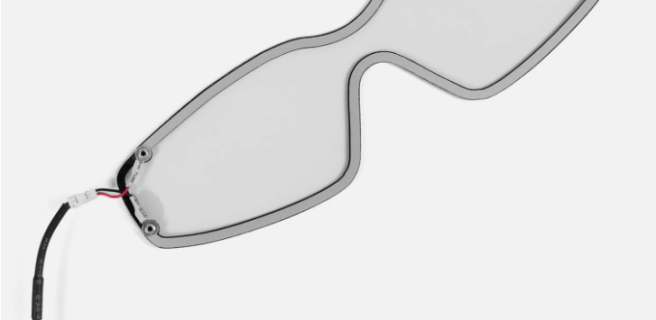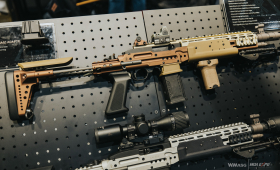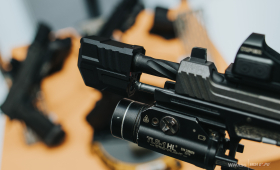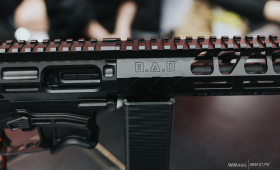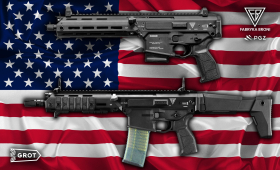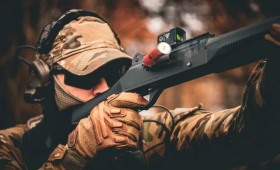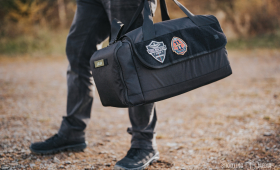Marines have taken a big step forward in having a field uniform that is designed to resist fire, minimize visibility, and increase comfort. In May, a highly anticipated call for tenders was published, which lists the necessary features and requirements for the new uniform.
Call for tenders for next-generation Marine Corps Combat Utility Uniform (MCCUU) was published on May 12, giving interested parties one month to submit proposals and fabric samples for a uniform that retains the Marine Corps' distinctive camouflage pattern but incorporates new technologies and better fabrics.
The Corps' interest in a new field uniform was first made public in 2021, when it was said the they are looking for new uniform combining the durability of a standard uniform with fire protection (FROG: Flame-Resistant Organizational Gear).
The Marine Corps Systems Command announced in 2021, that it wants to pay no more than $105.60 for a next-generation Marine Combat Uniform. In contrast, the newly issued invitation limits uniform costs to $22 per a yard of fabric, which should mean about $110 per uniform.
According to the invitation, the fire retardant properties of the next generation uniform will include no-melt or no-drip technology, which protects the wearer from injury when the fabric is exposed to fire, or self-extinguishing properties, meaning the fabric will stop burning after putting out the fire source.
The original flame retardant field uniform, purchased in 2006 because of an urgent need due to the prevalence of burns related to combat in Iraq and Afghanistan, includes a shirt, trousers and a balaclava. The current version uses a non-melting, non-drip material and can withstand temperatures up to 110 degrees Celsius.
In addition, the new uniform will have to have an increasingly important feature: signature management. The marines' patented MARPAT camouflage is very effective at being hidden from the naked eye, but it glows in infrared.
The US military has been working since at least 2012 to develop materials, from special fabrics to dyes, that will neutralize this compromising effect.
Currently, multi-spectral camouflage technology such as "camoshield" developed by SSZ Camouflage and Schoeller Textil AG, aims to reduce or eliminate the glow effect by lowering the temperature of the surface of the uniform worn.
The Marine Corps is secretive about its specs and glow reduction requirements. The call for proposals states that interested contractors must sign an NDA just to receive the list of specifications. However, it is clear that this is a completely new feature for Marine camouflage.
“The current MCCUU offers no [flame-resistant] capability or signature management beyond the visual spectrum,” Marine Corps Systems Command spokeswoman Morgan Blackstock told Marine Corps Times in an email.
In addition to the added technological features, the uniform is to include improvements in terms of breathability, comfort and durability. It will remain lightweight at no more than 220 grams per yard of material and will need to air dry in 85 minutes or less. It must meet high air permeability requirements and have a built-in technology for wicking or water-repellent fabrics.
In light of previous complaints from the Marine Corps about trousers that were tearing at the seams, the new generation of uniforms must also pass a series of stringent requirements to withstand tearing. Manufacturers must also prove that the fabric does not pill or degrade after repeated washing cycles. Like the current one, the next-generation field uniform will also be coated with insect repellent, providing up to 96% protection against bites.
Marine Corps Systems Command officials declined to provide information on when the Marine Corps will have a chance to evaluate the new uniforms. However, the tender documents indicate that up to six contracts will be awarded for the purchase of fabrics with different fire retardant properties. The U.S. Department of the Navy's Materials Agency will then make selections, purchasing up to 700 yards from selected suppliers to make uniforms for testing and evaluation.
"Experimental MCCUU units will test for several months as part of user evaluation in the field (FUE: Field User Evaluation) in hot/humid/ wet environment in early 2024. The final decision on which uniform will be purchased will be made in fiscal year 2025. Ultimately, according to the invitation, the Marine Corps plans to purchase approximately 270,000 next-generation shirts and pants through the Defense Logistics Agency, which translates into to approximately 1,188.73 running meters of material."
Source: marinecorpstimes.com
Image: Wikipedia

